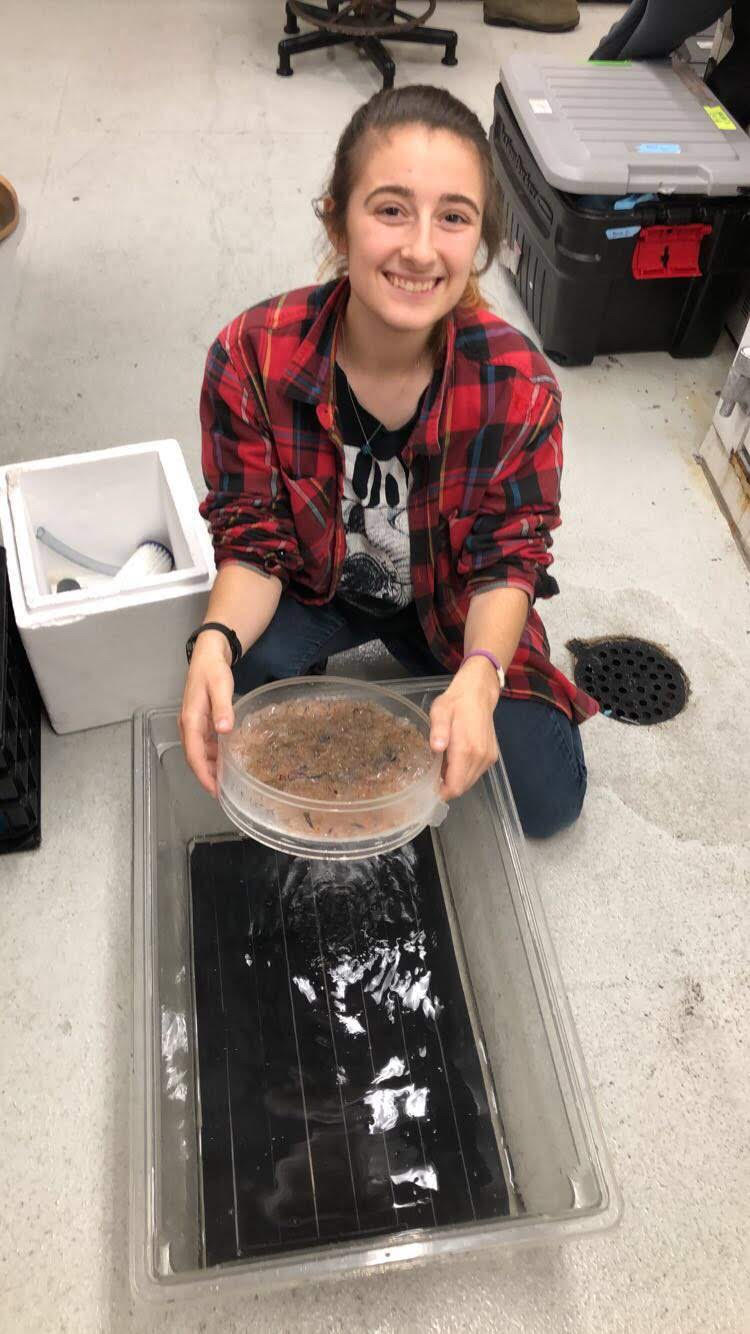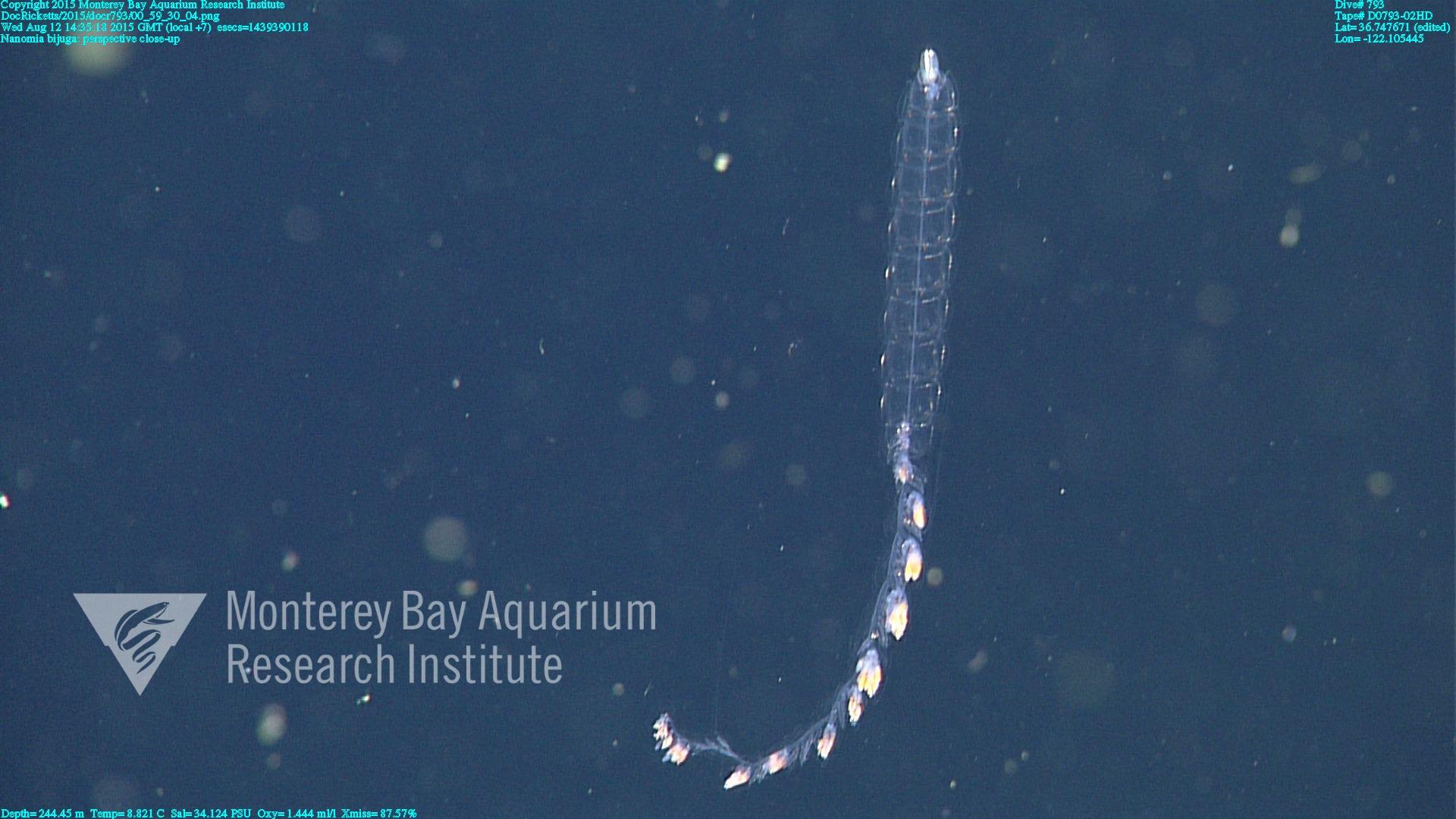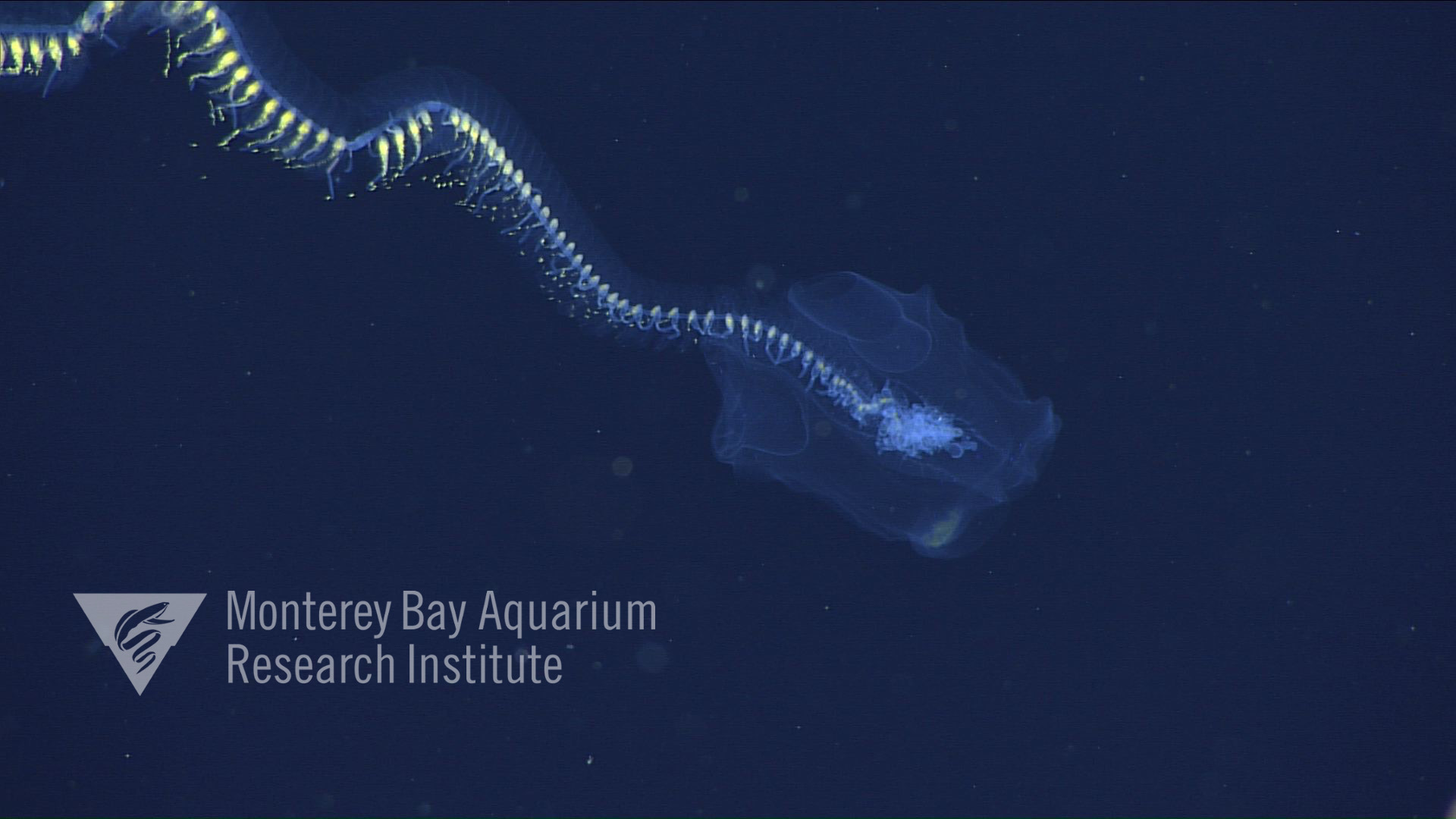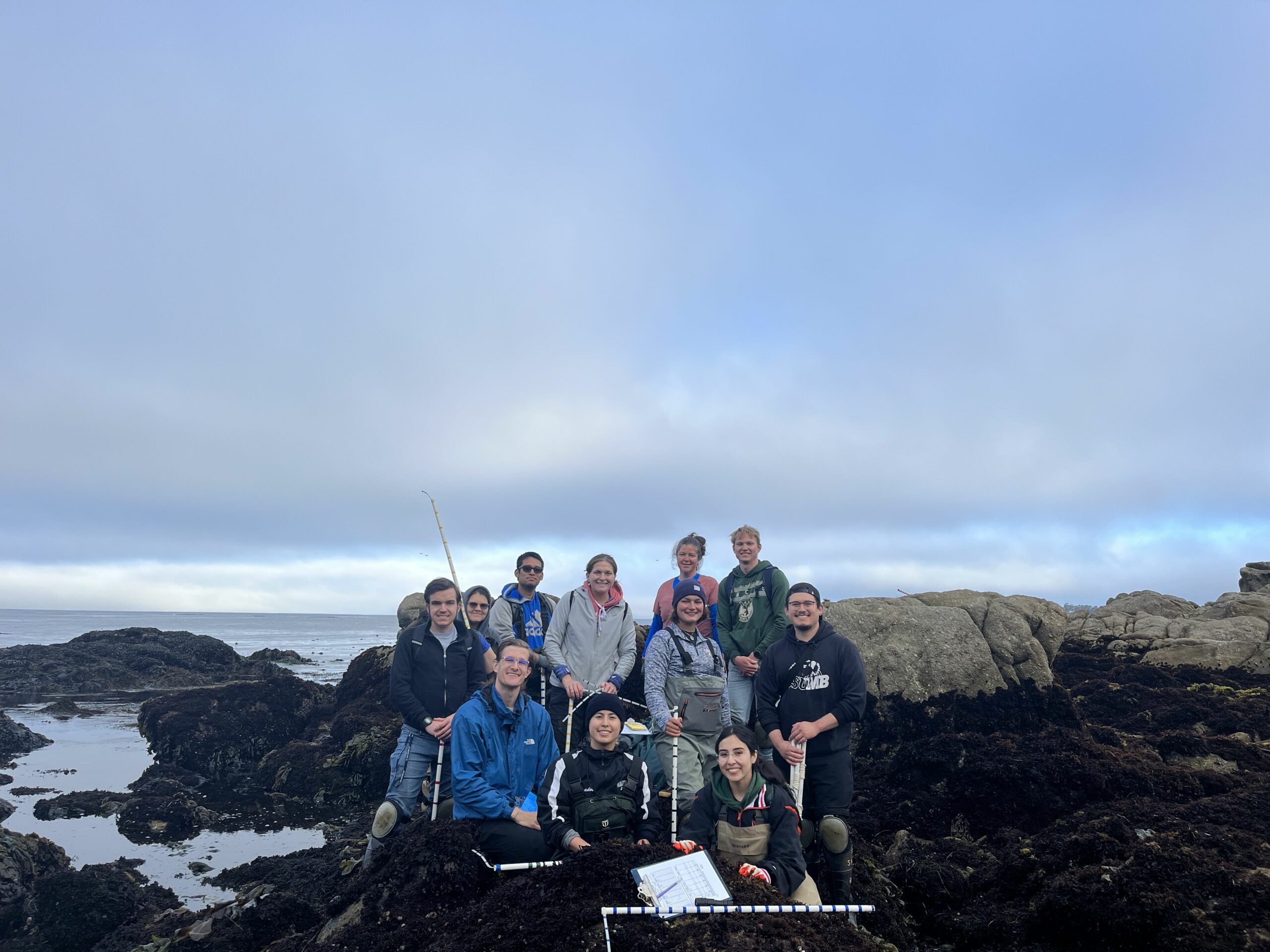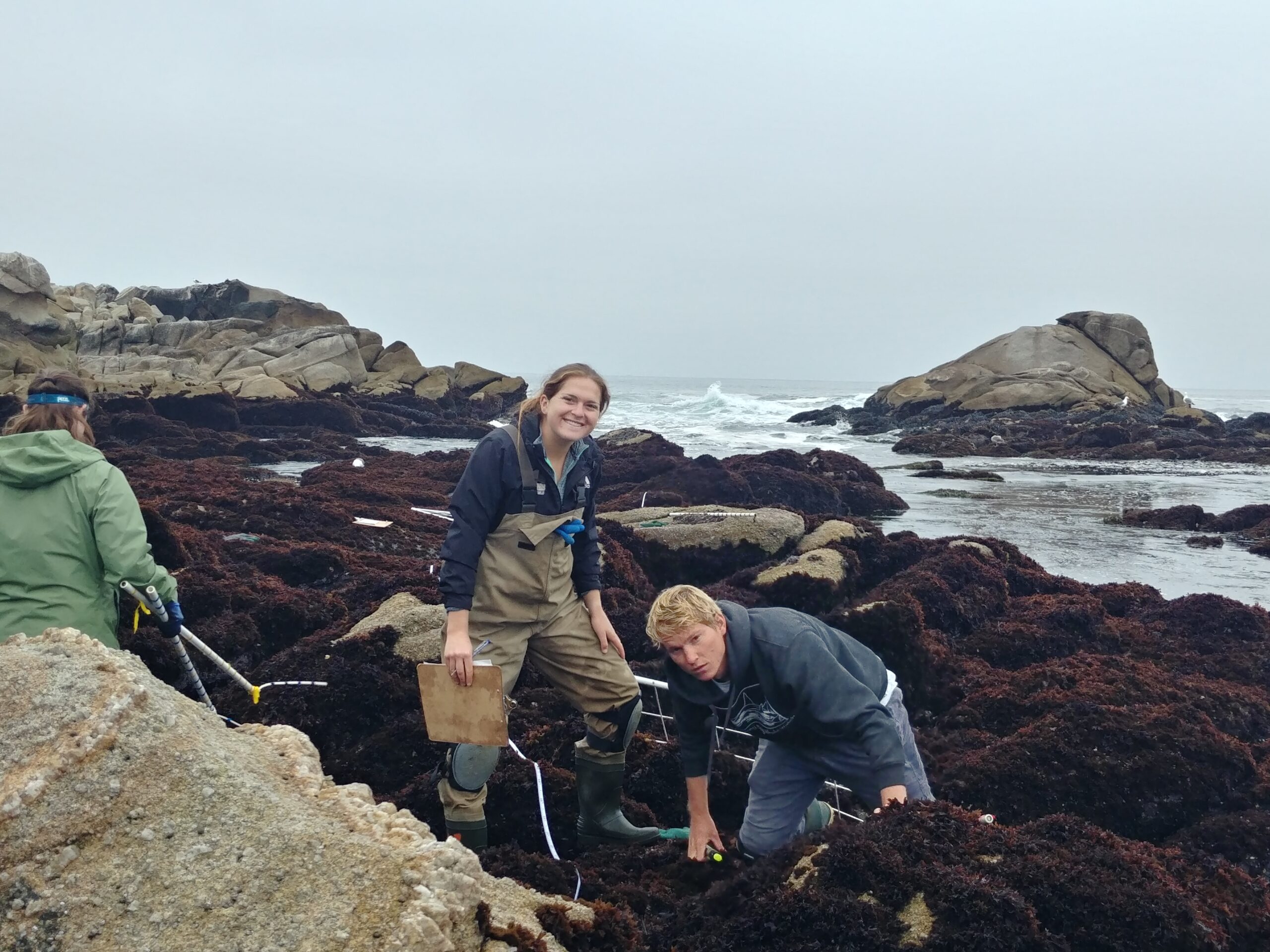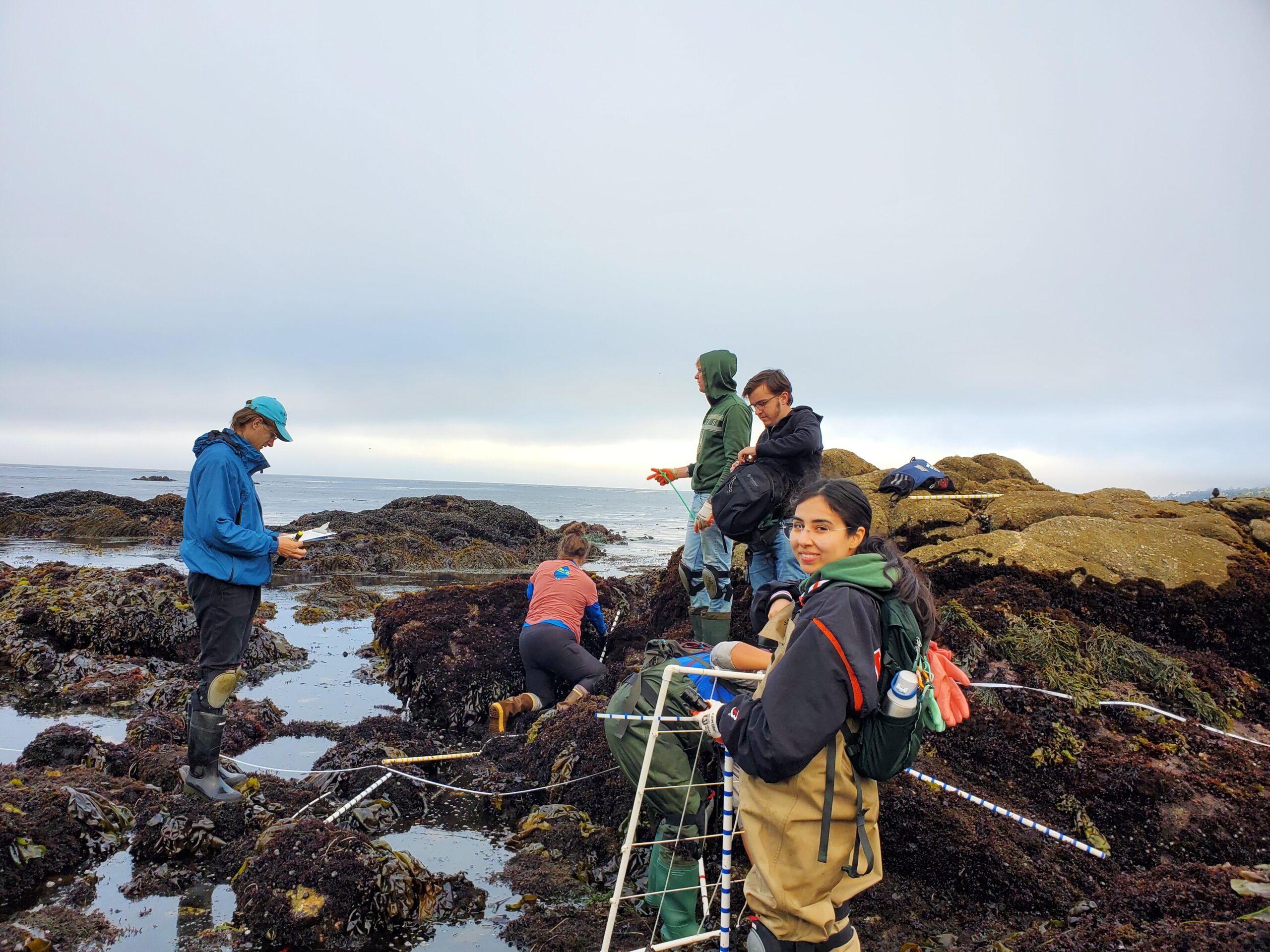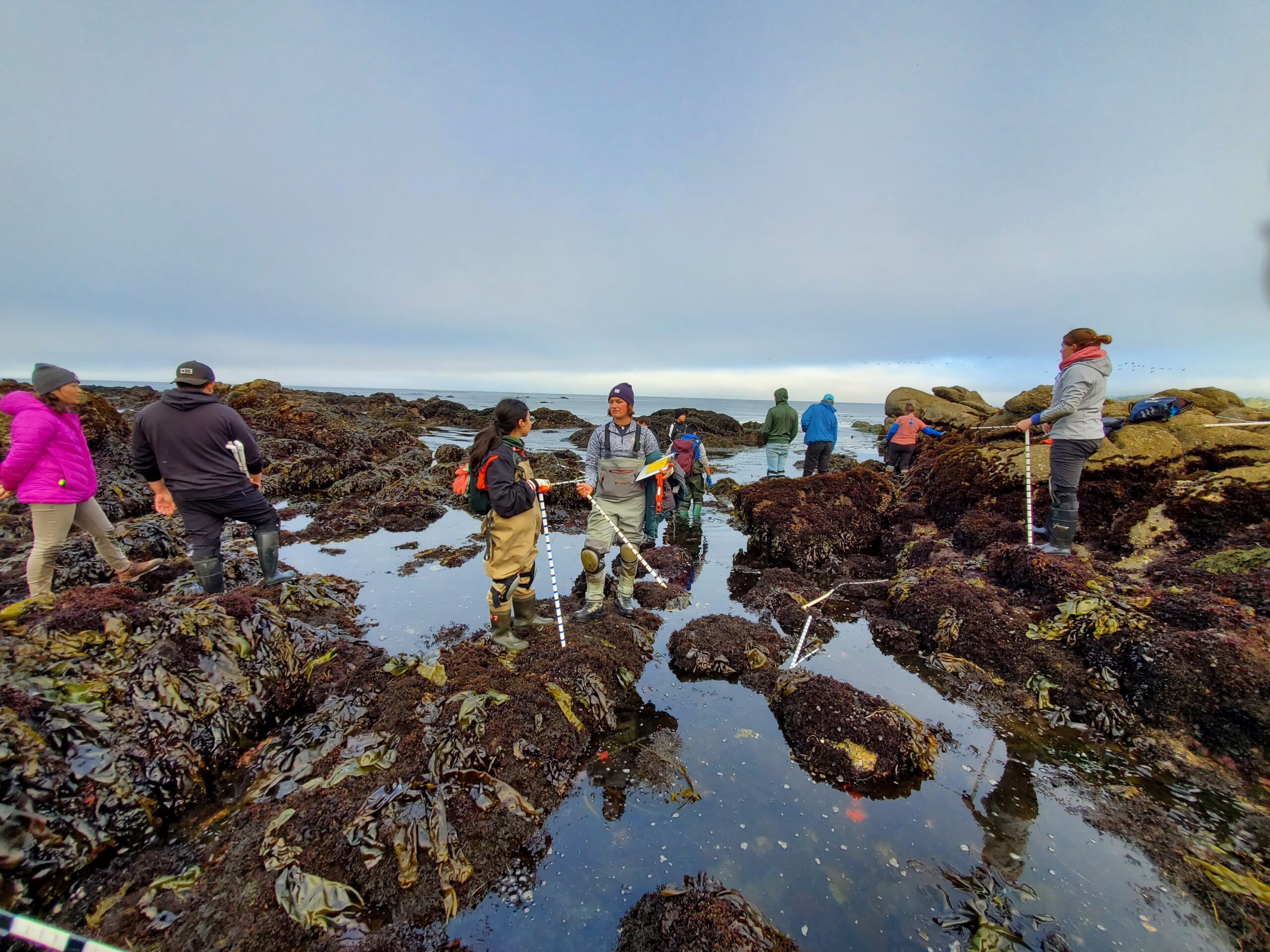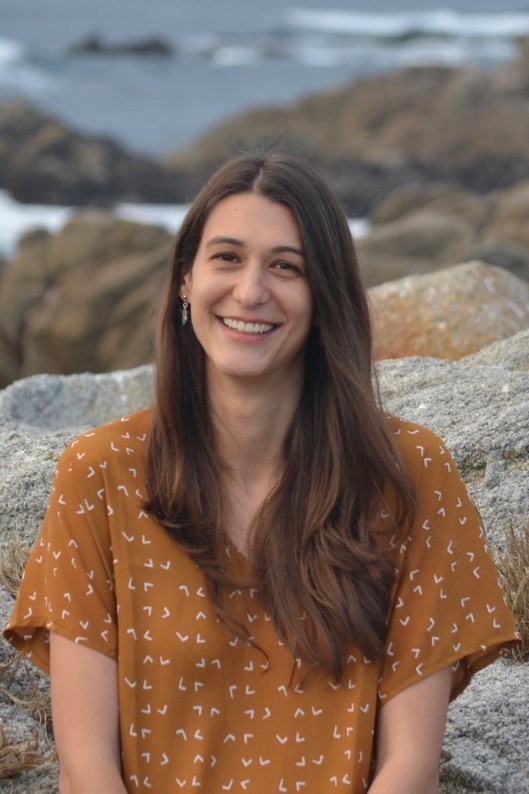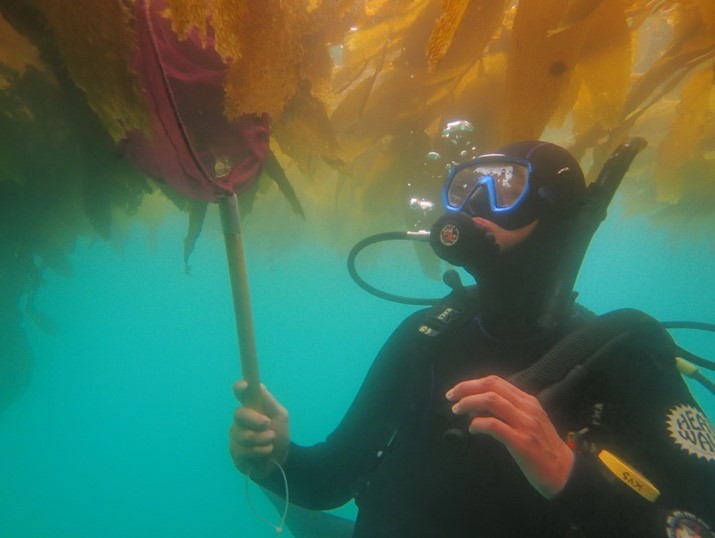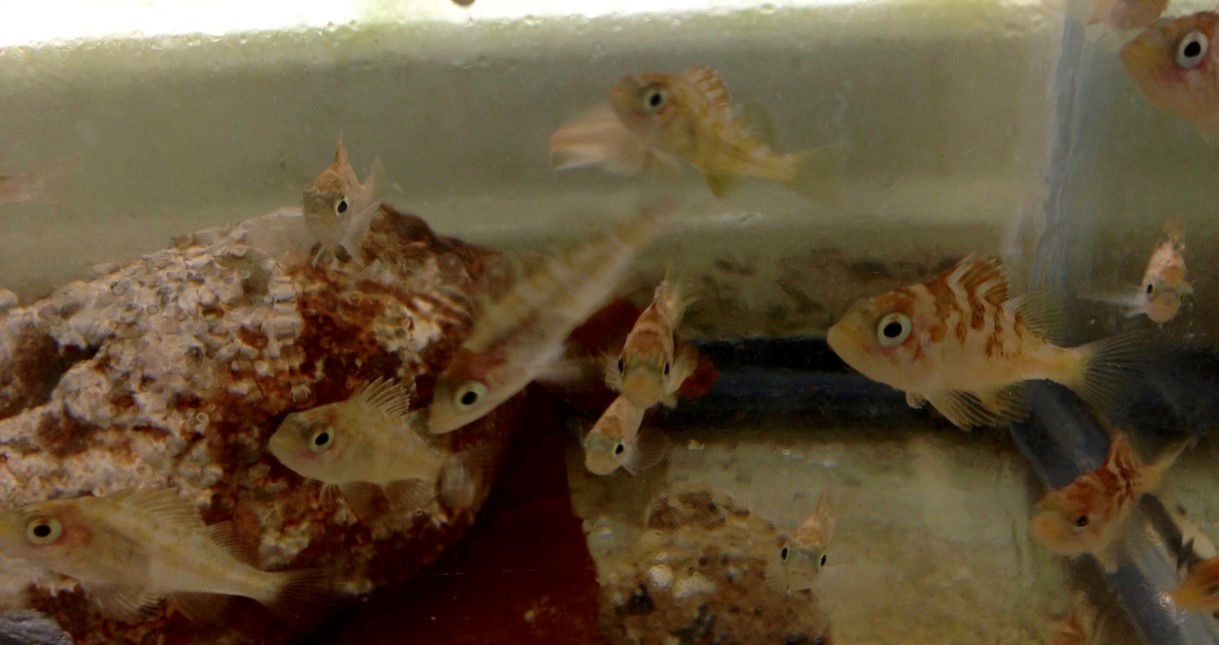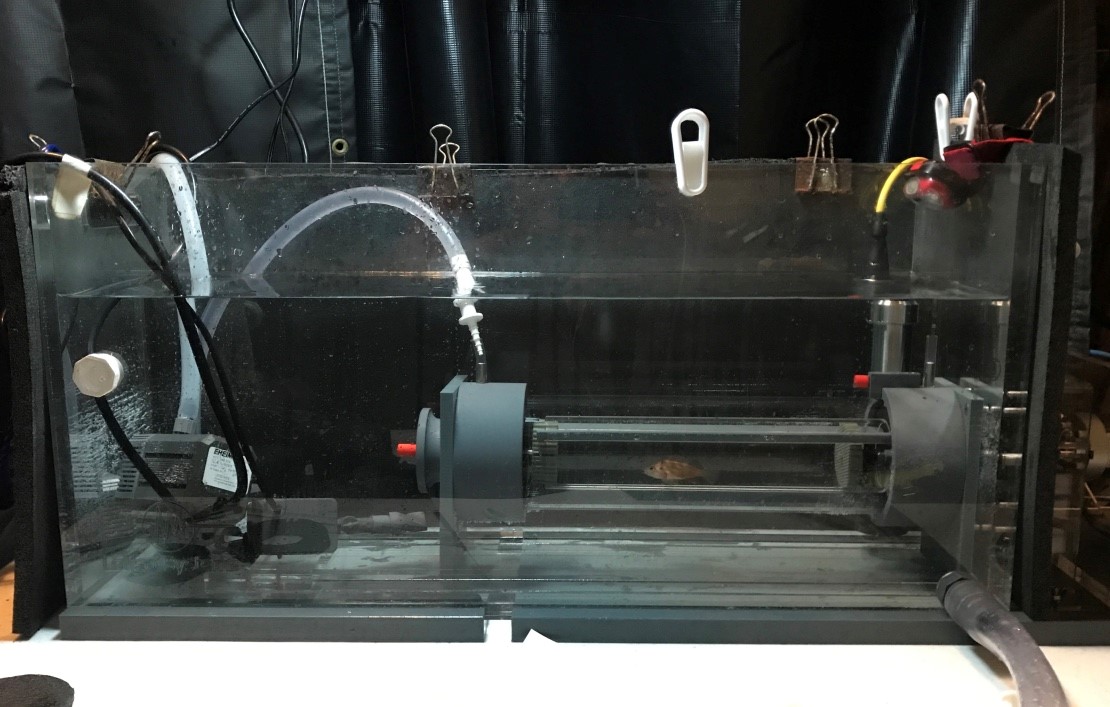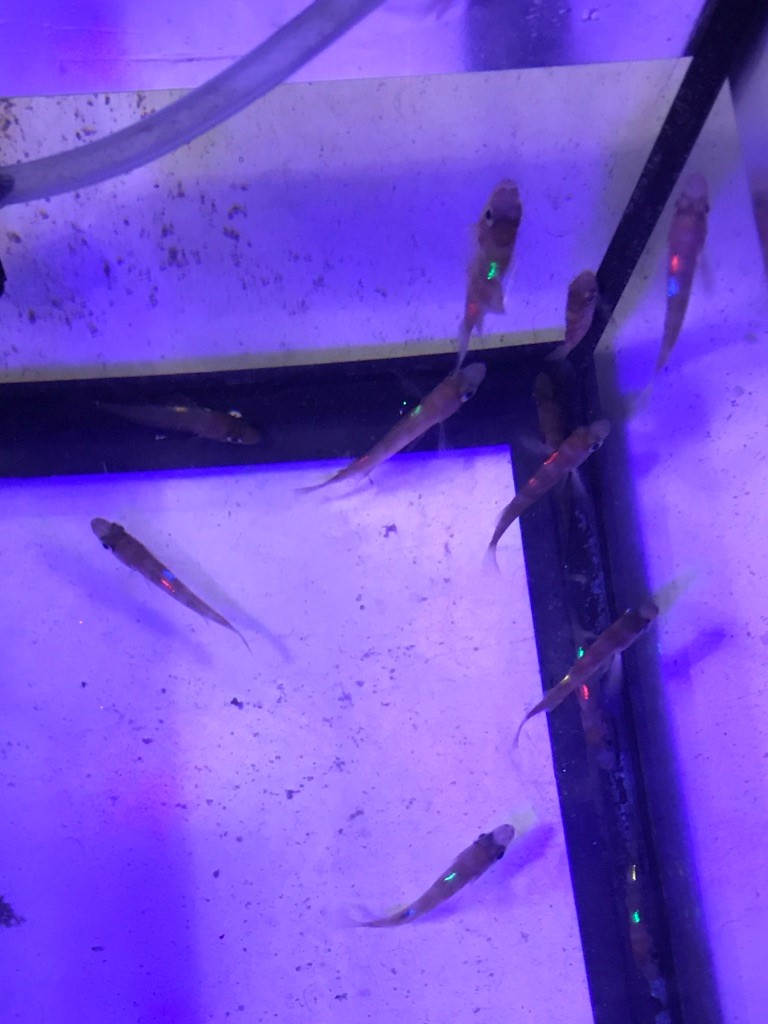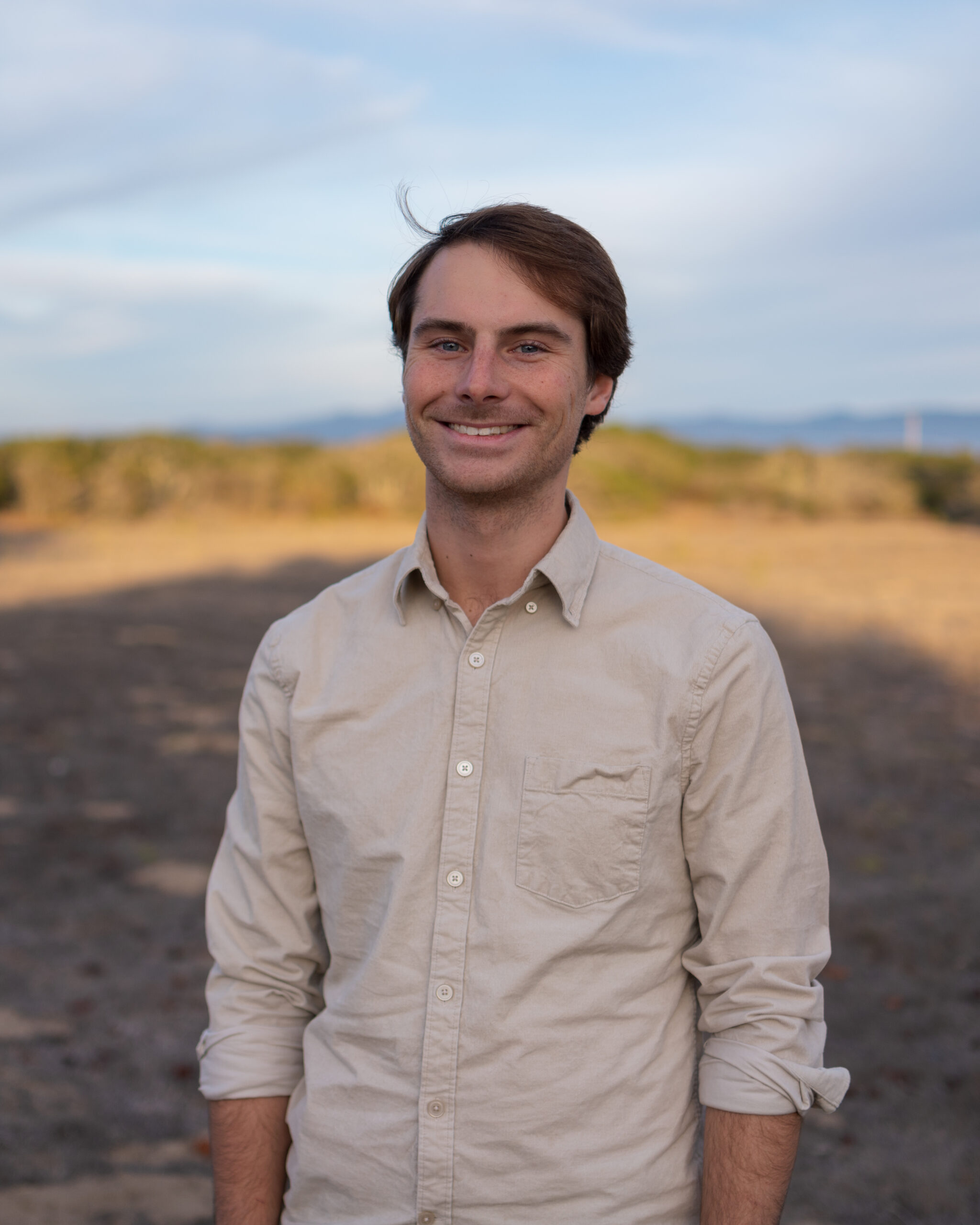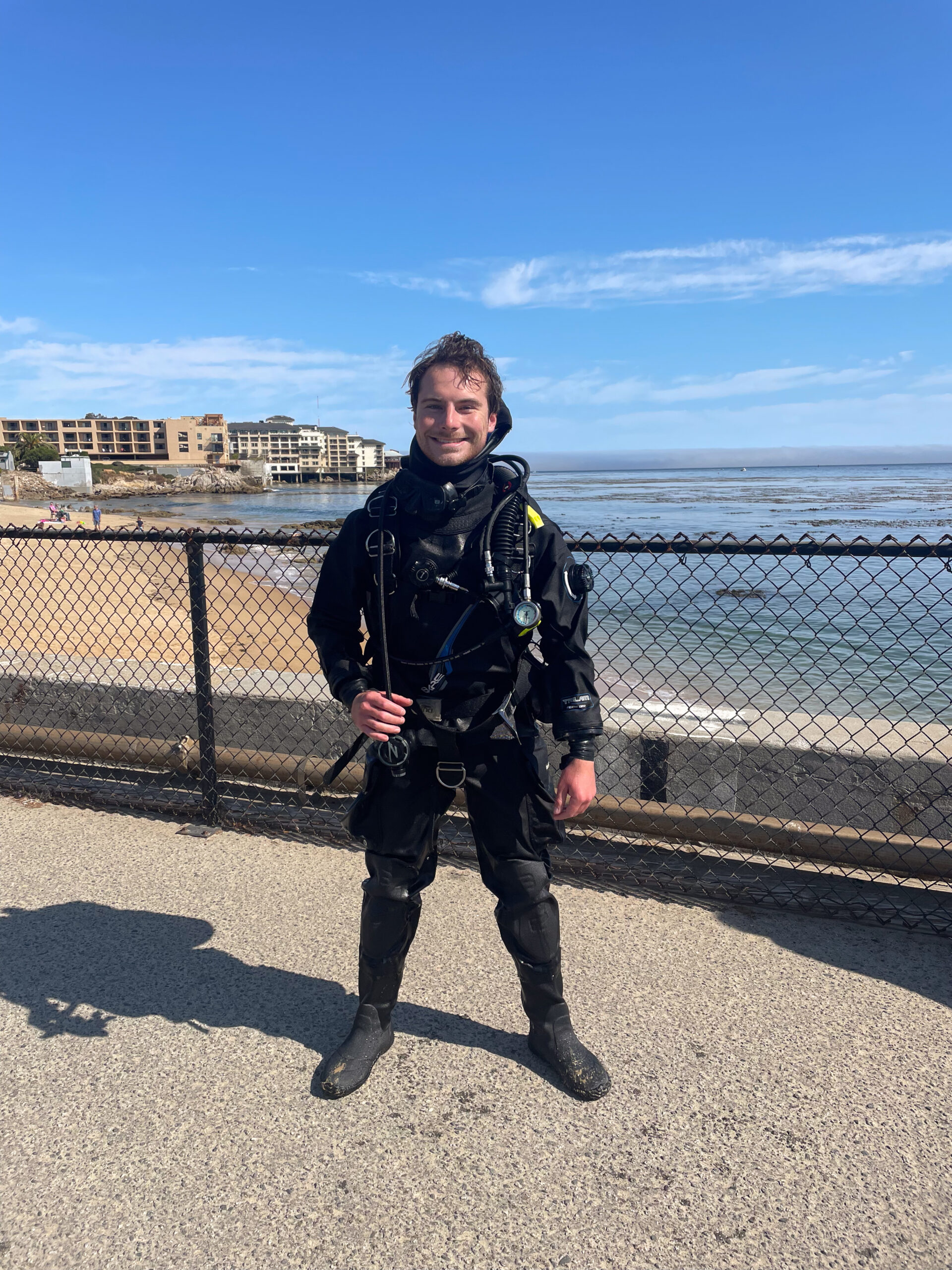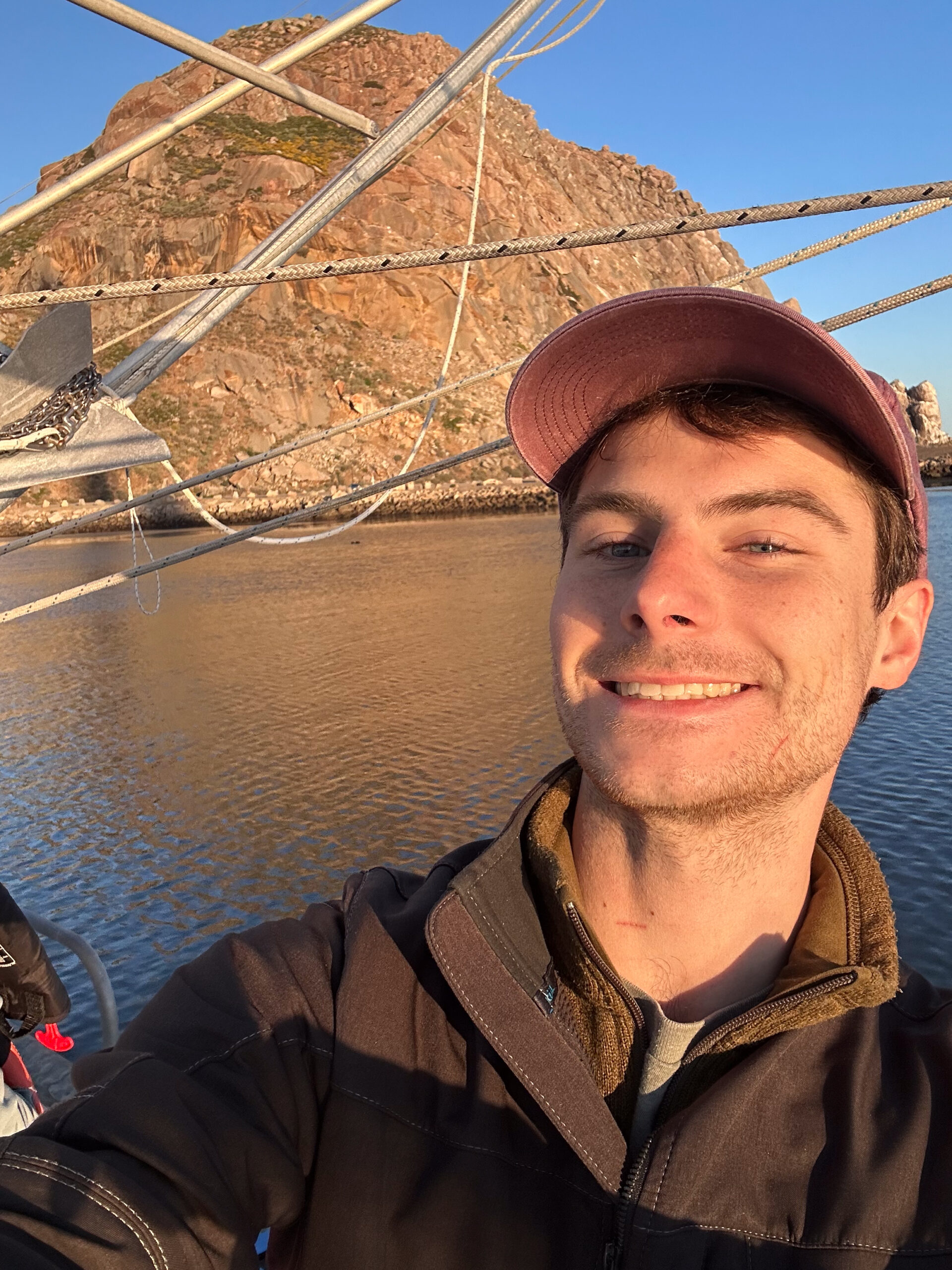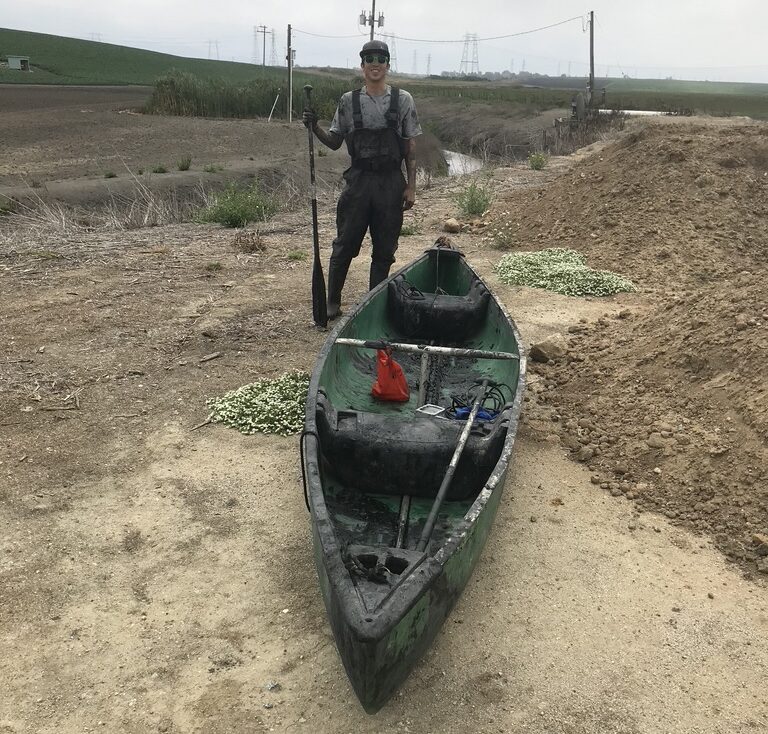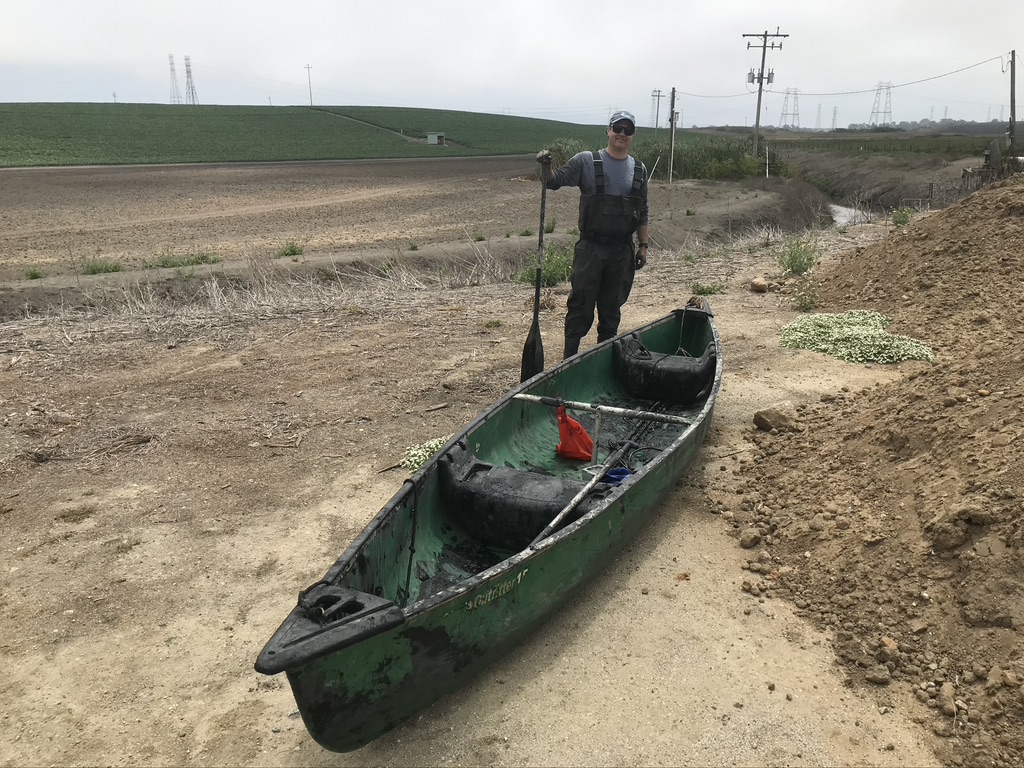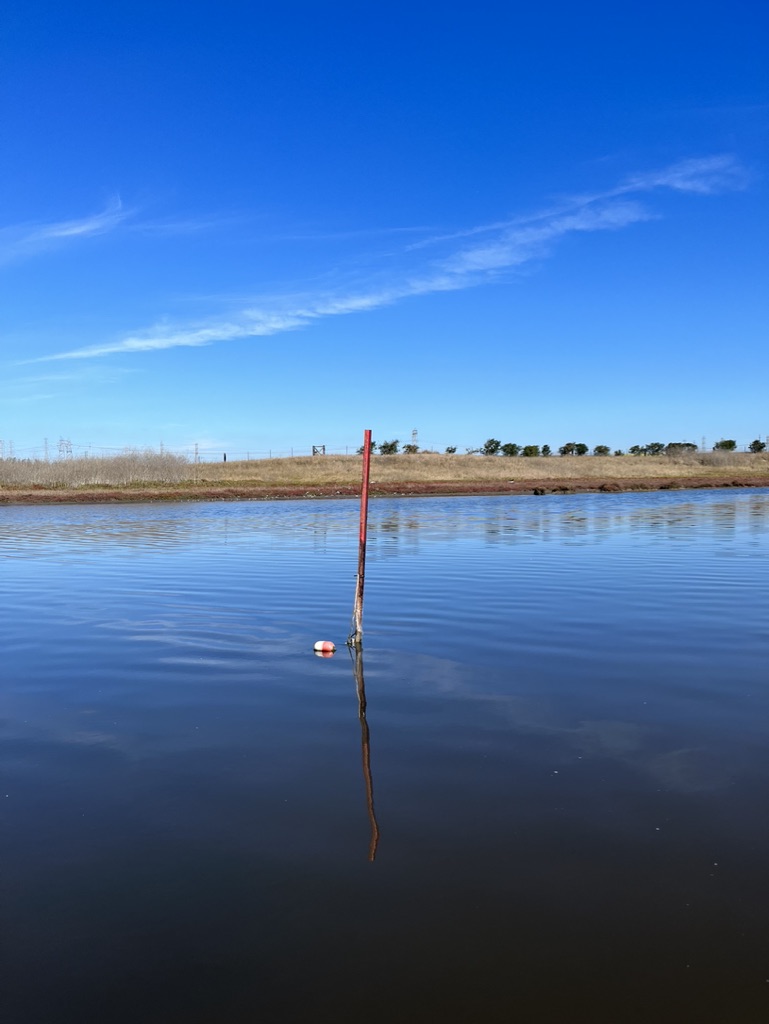
Abstract:
All organisms face resource limitations that will ultimately restrict population growth, but the controlling mechanisms vary across ecosystems, taxa, and reproductive strategies. As climate change continues to alter ecosystem processes across the globe, organisms are confronted with new challenges to their ability to survive. The Northeast Pacific Blob was a multi-year marine heatwave that affected ecosystems across the Northeast Pacific, from producers to top predators. We quantified the subsurface extent and evolution of the Blob using oceanographic instruments carried by northern elephant seals (Mirounga angustirostris), a top predator that forages on the abundant biomass of the mesopelagic Northeast Pacific Ocean. We then assessed the effect of this marine heatwave on the foraging behavior of adult female northern elephant seals. We used a combination of telemetry data collected by instrumented seals (temperature, salinity, location, depth) along with body composition and energy gain metrics to examine the population-level effects of the Blob. We found significant warm anomalies throughout the top 1000m of the water column during the Blob, and that northward advection of warm, salty water at the base of the pycnocline likely played an important role in the sustained accumulation of warm water. Comparing foraging behavior during 2014 and 2015 to our 15-year tracking time series, we found evidence of a plastic behavioral response. Females increased their use of the Alaska Gyre, increased their daytime foraging effort, and increase their use of deep water (>800m depth) during the summer months, suggesting that the prey field changed relative to previous years. Northern elephant seals are both generalist predators and capital breeders, which may buffer the effect of acute events, allowing them to adjust to environmental variability more than highly specialized or constrained predator species. Biologging technology not only increases our understanding of animal behavior, but also gives us unprecedented insight into the changing environment these animals are experiencing.
Bio:
I am an Assistant Researcher with the Institute of Marine Sciences at the University of California, Santa Cruz. I study the behavior and ecology of marine mammals and how it relates to oceanographic processes. My work to date has primarily focused on a major marine heatwave in the North Pacific and its effects on the reproduction and foraging ecology of the northern elephant seal. I am particularly interested in individual variability in behavior, what drives and maintains that variability, and what the ecological consequences are for a population. I have had the privilege and opportunity to work with several different pinniped species, from Antarctica to the Bering Sea, on topics ranging from cellular-level physiology to species-level behavior and ecology. Currently, I am part of a collaborative effort to assess the consequences of multiple stressors on northern elephant seals. We are evaluating the interacting effects of acoustic disturbance, contaminant load, varying foraging conditions, and acute physiological stress responses on reproductive success.


